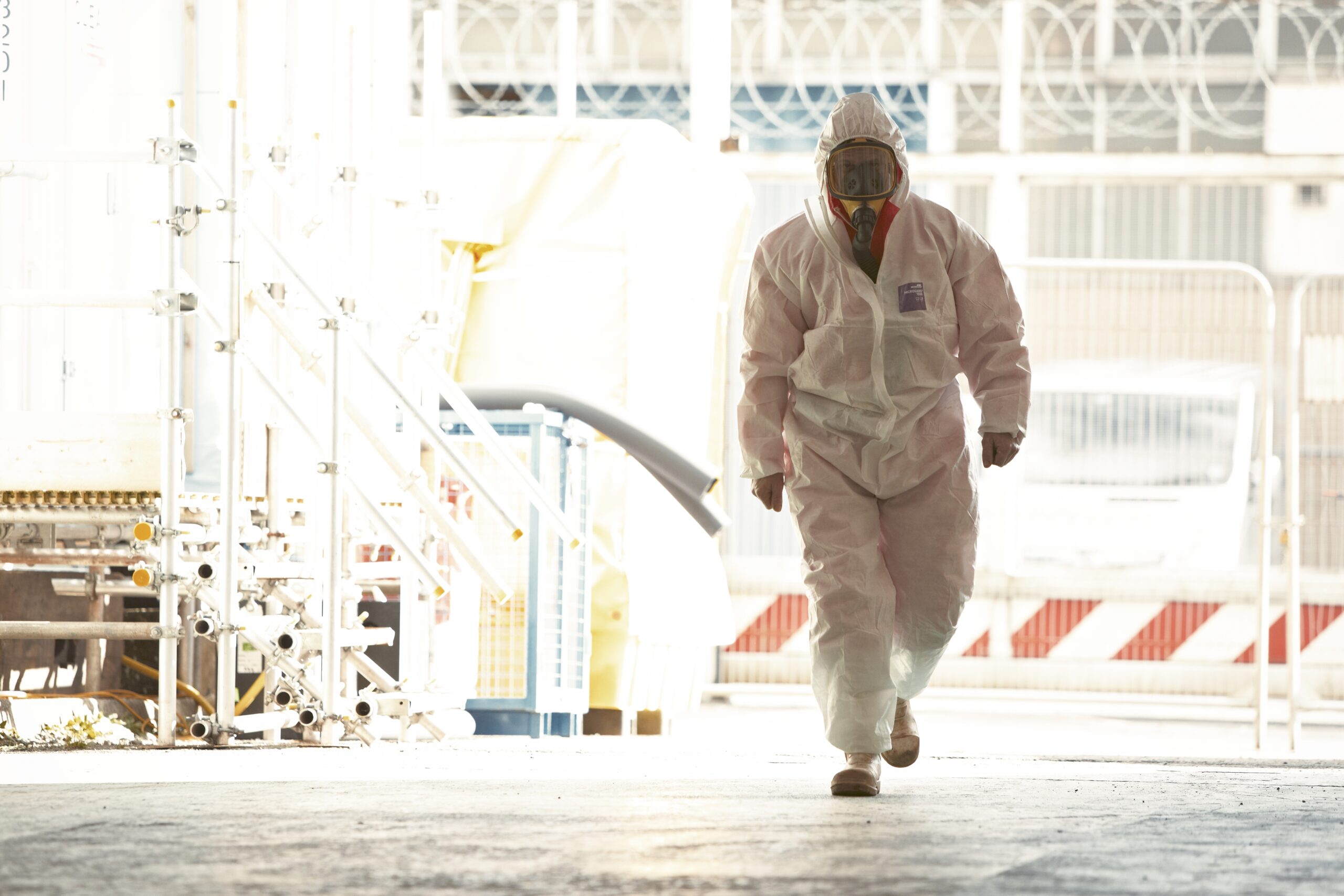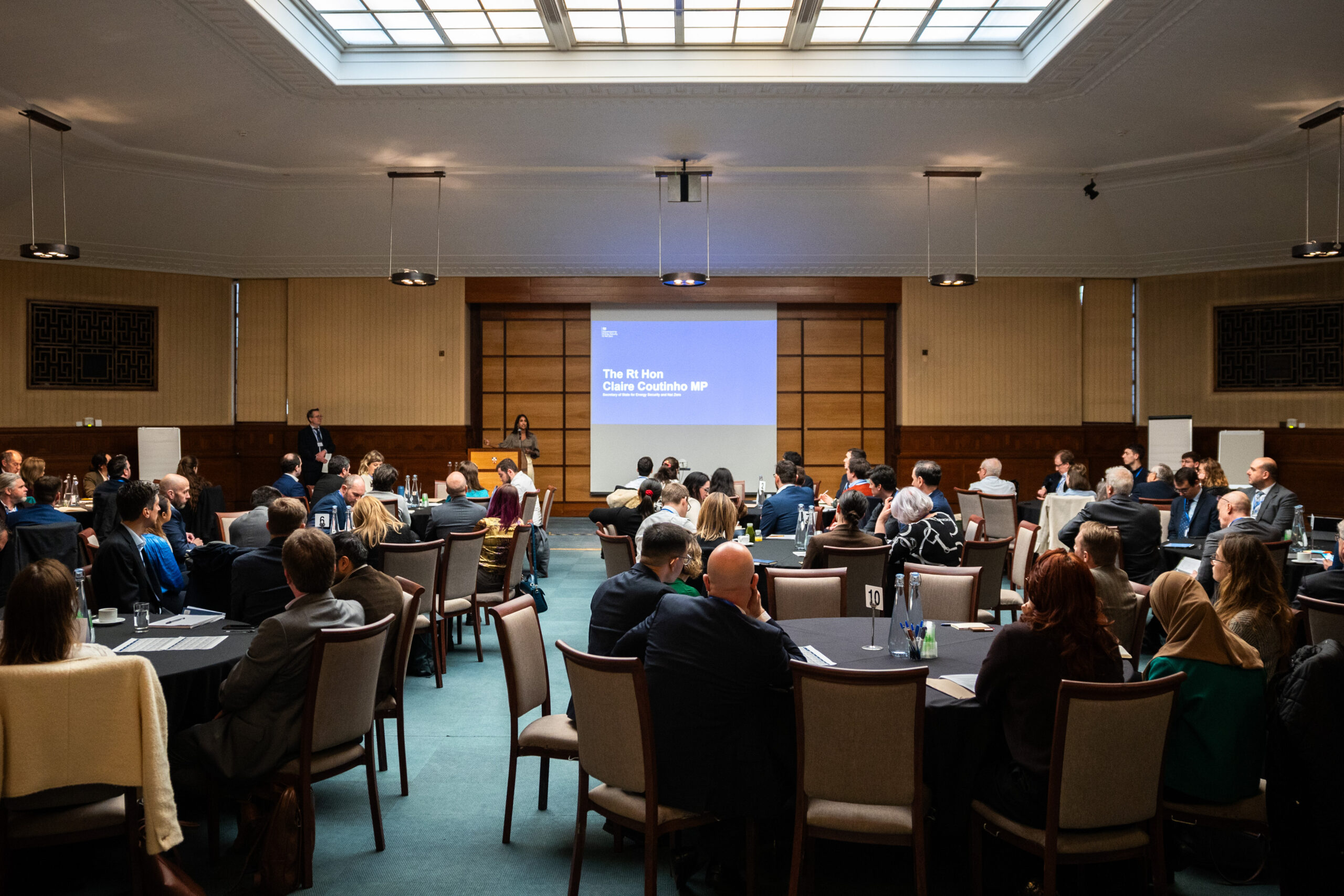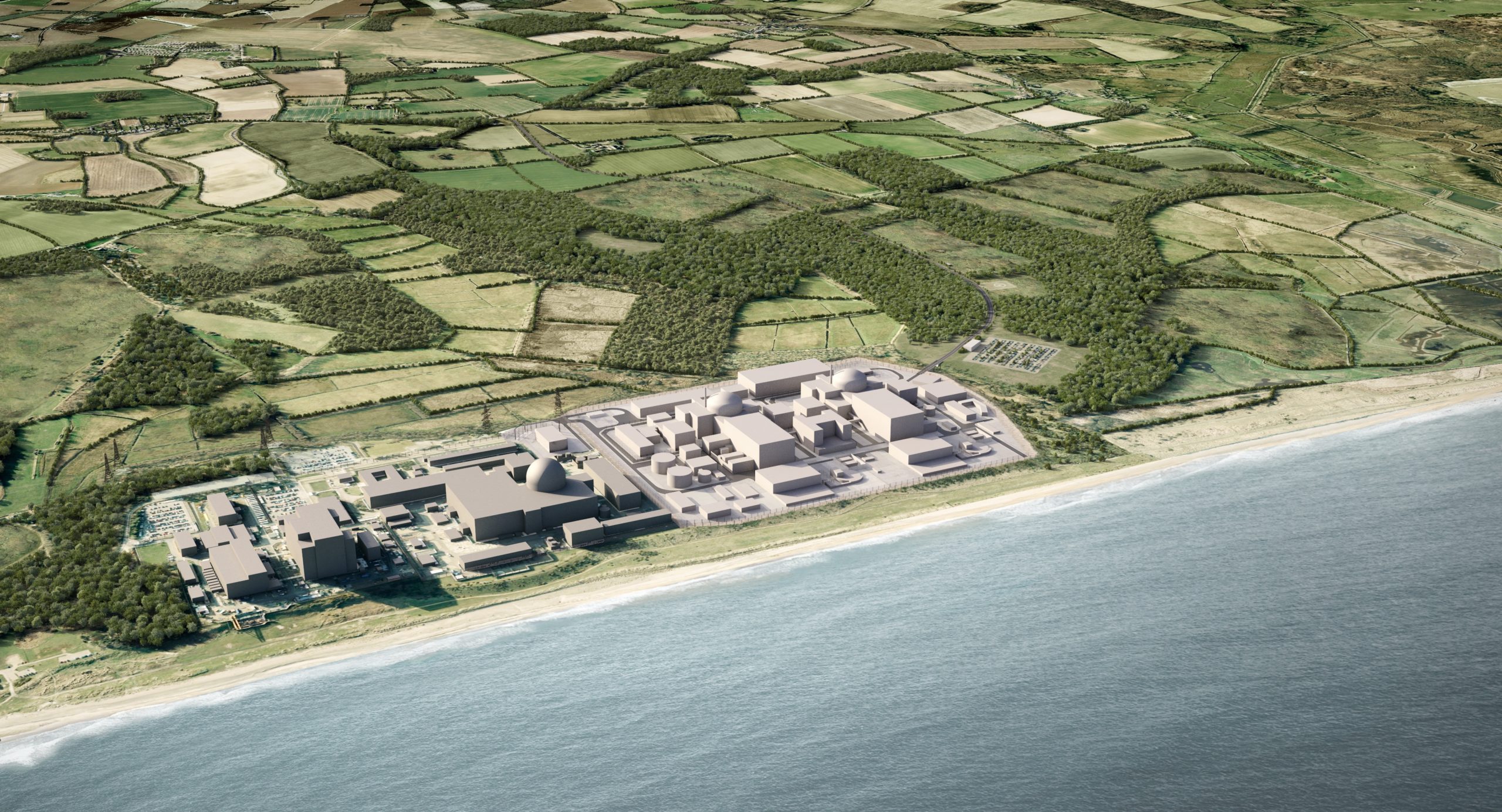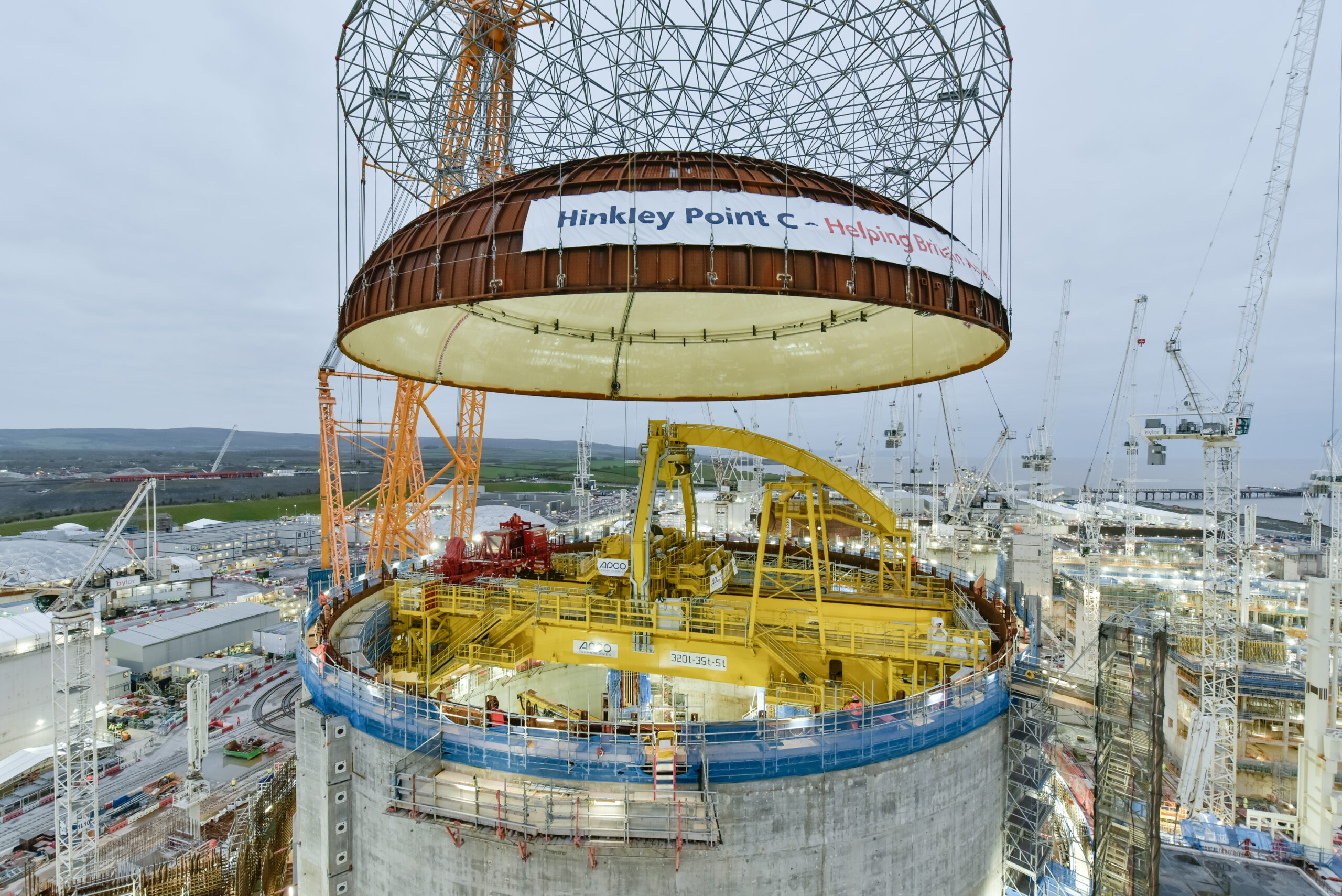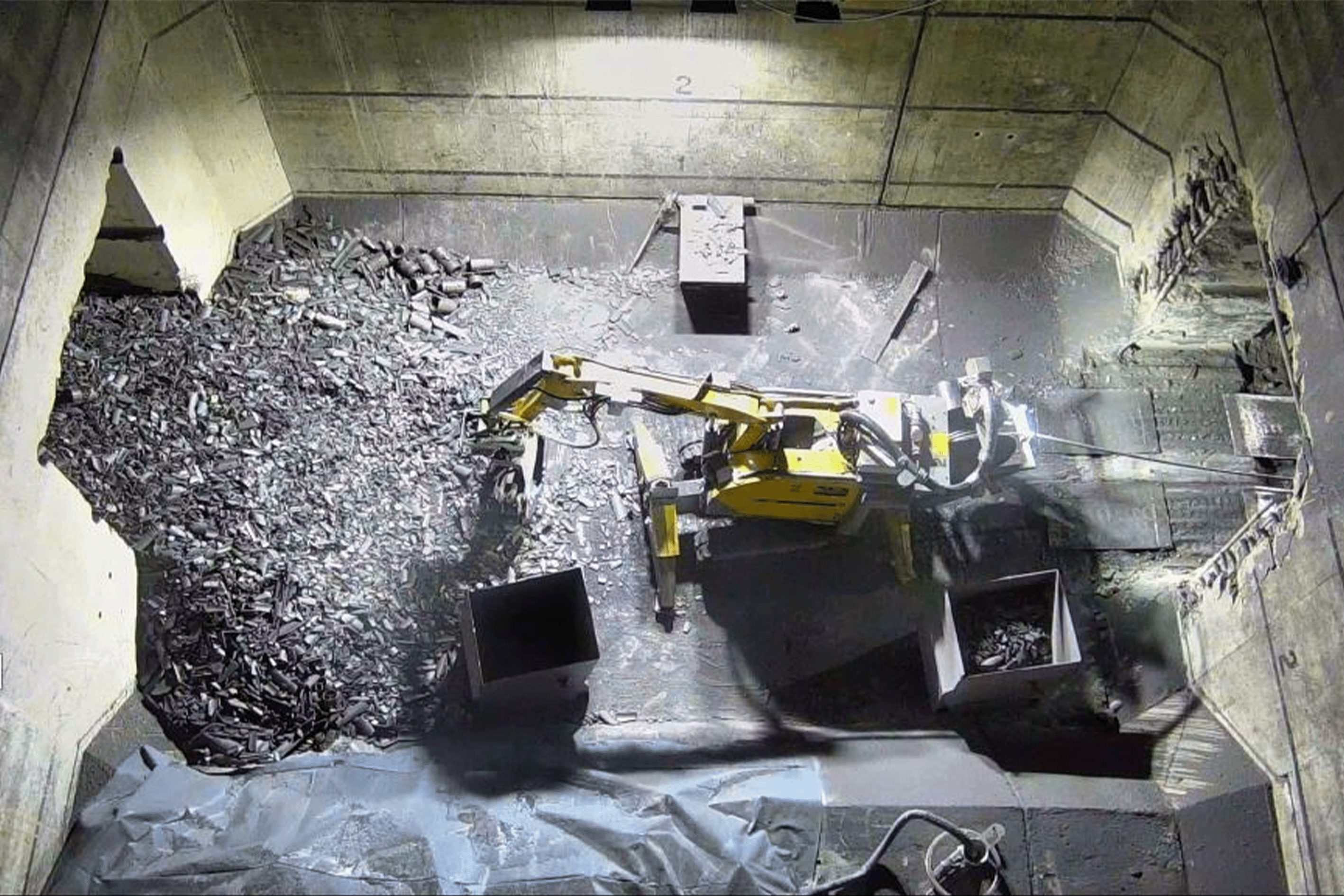Twelve months ago, on the 50th anniversary of Earth Day, I wrote about the incongruity attached to marking such an occasion, when large swathes of the world’s population found themselves trapped in the grip of the coronavirus pandemic, how were we to keep up the fight on the most pressing environmental issue of our time?
A world put on pause did provide a buoyant glimpse of how things could look if our behaviour patterns were reined in. I described it as a ‘conservationist’s dream’, which laid bare many uncomfortable truths. Some asked, to what extent could lockdown save the planet? Indeed, the effects on our carbon footprint were stark; a massive reduction in flights, a fall in UK road traffic to 1955 levels, industrial emissions from big emitters like China waned, the list goes on. It was an acute reminder of what is possible if our habits changed.
Fast forward to 2021 and any positive environmental consequences of the lockdown are being undone. Carbon dioxide emissions, the International Energy Agency has warned, will jump this year at the second fastest rate in history. As economies aim to bounce back from the pandemic recession, coal burning for electricity has surged . “Shocking and very disturbing” is how Fatih Birol, executive director of the IEA described it. The worry is that governments who are prioritising climate change continue to be a big part of the problem.
The finger can be pointed at the biggest emitters, mainly in Asia and the US, where President Biden has re-affirmed his commitment to supporting climate change policies, and who is today chairing the Leaders Summit on Climate. Here in the UK though, we are currently on a ten-day coal burning streak. Yes, we had a small victory earlier this month with the ‘greenest ever grid’: low-carbon sources producing 80% of energy, thanks to sunny and windy weather, low demand for power, and the continuous operation of the nuclear fleet. Soon after though, our reliance on fossil fuels soared; this week generating over 70% of electricity at times. As Birol says, it’s ‘very disappointing.’
There is hope though. The UK Government’s decision to adopt the Climate Change Committee’s (CCC) Sixth Carbon Budget in full, thereby setting a new target to cut carbon emissions by 78% by 2035 was a step in the right direction. With COP26 on the horizon, it’s clear our politicians are taking things seriously with a world-leading emissions target, thereby setting an example for other countries to be braver with their own goals.
What cannot be stressed enough, though, is the scale of the task. Cutting emissions by almost 80% in less than 15 years is an almighty challenge. Harder still is doing it without renewed investment in firm sources of power like nuclear. By 2024, four of our eight UK nuclear power stations will retire. They represent 15% of current low-carbon generation, gone in three years’ time. By 2030, only one of our current nuclear stations will still be operating. Globally, by 2040, more than 100 gigawatts of nuclear capacity will have retired. We cannot afford to lose so much clean energy, especially as we look to power a new generation of electric vehicles, electric heat pumps, and electrolysers for hydrogen production.
The IEA, the OECD, the CCC and others, all conclude the desire to meet Net Zero requires the consistent, low carbon, reliable power that nuclear provides, to sit alongside and complement energy sources which are dependent upon the weather. A failure to fully utilise all the proven technologies that we know can make a difference could have very damaging consequences.
Last year’s Earth Day may have been over-shadowed by another global crisis, but if there is one thing this past year has shown us, it’s that we must put our faith in science. There may not be a vaccine for climate change, but on this Earth Day let us remember that decarbonising our planet will only happen if promises are kept and targets met.



